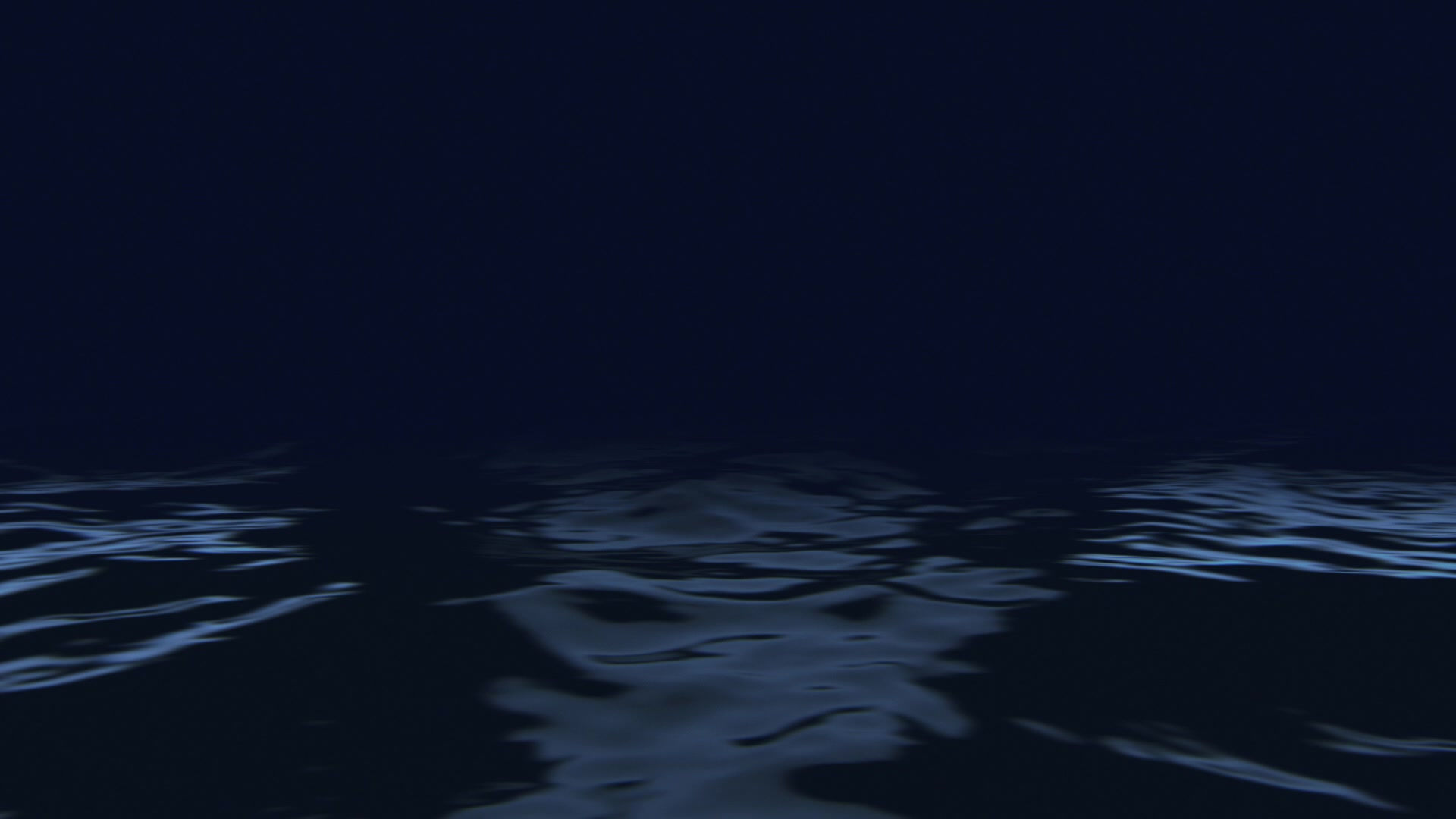Basic Sailing Terms
Port: Left side of the boat when facing forward.
Starboard: Right side of the boat when facing forward.
Bow: Front of the boat.
Stern: Back of the boat.
Mainsail: The primary sail.
Jib/Genoa: The sail at the front of the boat.
Boom: The horizontal pole that extends from the mast.
Mast: The vertical pole that supports the sails.
Understanding Your Catamaran
Maintenance Checklist
Daily Checks
Bilge Pumps: Ensure they are functioning.
Engines: Check oil levels, coolant, and fuel.
Battery Levels: Check the charge on house and starting batteries.
Sails and Rigging: Inspect for wear and tear.
Lines and Fenders: Ensure they are secure and in good condition.
Weekly Checks
Hull and Deck: Clean and inspect for damage.
Propellers: Check for entanglement or damage.
Water Tanks: Ensure they are clean and full.
Electronics: Test all navigation and communication devices.
Monthly Checks
Engines and Generator: Perform oil changes and filter replacements.
Through-Hulls and Seacocks: Inspect for leaks and functionality.
Anodes: Check and replace if corroded.
Sails and Running Rigging: Detailed inspection and maintenance.
Engine and Generator
Engine Maintenance
Oil and Filter Change: Every 100 hours of operation or as recommended.
Coolant Levels: Check regularly and top off as needed.
Fuel Filters: Inspect and replace as necessary.
Belts and Hoses: Inspect for wear and replace if necessary.
Generator Maintenance
Oil Change: Follow the manufacturer’s recommendations.
Cooling System: Ensure it’s functioning properly.
Electrical Connections: Check for corrosion and secure connections.
Electronics Checklist
Navigation and Communication
Chartplotter/GPS: Ensure it’s updated and functioning.
VHF Radio: Test for clear communication.
Autopilot: Check for proper operation.
AIS (Automatic Identification System): Ensure it’s transmitting and receiving correctly.
Radar: Test for accuracy and functionality.
Power Management
Battery Bank: Regularly check the charge and condition.
Solar Panels/Wind Generators: Inspect for damage and clean surfaces.
Inverter/Charger: Ensure it’s operating correctly and maintaining battery health.
Safety Checklist
Essential Safety Equipment
Life Jackets: One for each person on board.
Flares and Signals: Ensure they are not expired.
Fire Extinguishers: Accessible and fully charged.
EPIRB (Emergency Position Indicating Radio Beacon): Registered and functioning.
First Aid Kit: Well-stocked and easily accessible.
Life Raft: Inspect regularly and service as required.
Safety Procedures
Man Overboard Drill: Practice regularly.
Fire Drill: Know the location of extinguishers and how to use them.
Emergency Contacts: Have a list of important numbers (coast guard, towing service, etc.).
General Tips
Sailing Lessons: Consider taking lessons from a certified instructor.
Local Regulations: Familiarize yourself with local boating laws and regulations.
Weather Conditions: Always check the weather forecast before setting sail.
Log Book: Keep a detailed log of your journeys and maintenance activities.
Resources
Catamaran Sailor Magazine: Catamaran Sailor
Sailing Forums: Cruisers Forum
Sailing Education: American Sailing Association (ASA)
Catamaran Owner's Manuals: Typically available on manufacturer websites or through dealer.
Online Courses: NauticEd Sailing Courses
These resources can provide more detailed information and support as you get accustomed to your new catamaran. Happy sailing!
Click Below To Download & Print Getting Started with Your Catamaran!


Comments